Club Espresso (클럽에스프레소)
3.5Km 2024-02-20
132 Changuimun-ro, Jongno-gu, Seoul
Club Espresso is a café that opened in 1990, constructed with red bricks. They roast their own coffee beans, offering a diverse coffee menu. The Moon Blend, a blend of Colombian, Brazilian, Ethiopian, and Guatemalan beans, is a favorite among regulars and is made with the coffee bean ratio favored by former President Moon Jae-in. Nearby attractions include the Yun Dongju Hill (Cheongun Park) and the Yun Dong-ju Literary Museum, dedicated to the poet beloved by Koreans.
Seoul Gyeonggyojang House (서울 경교장)
3.5Km 2021-09-15
29, Saemunan-ro, Jongno-gu, Seoul
+82-2-735-2038
Gyeonggyojang House, a designated Historic Site, was the location of the provisional government and the place where Baekbeom Kim Koo passed away. Seoul reproduced the historical site, Gyeonggyojang House, to use the area as an educational site. Also, the house exhibits the history of the provisional government in order to see the history more clearly.
Restoration work included the demolition of the interior that was changed when the building was turned into a hospital facility and embassy after Kim Koo passed away in 1949. During the work, the remaining parts were maintained with the utmost care. Reconstructed parts were based on the building's floor plan written in Chosun and Architecture (8th edition in 1938). Visitors can see various contents related to the Korean Provisional Government history through relics, video, and information searching corners.
Jaha Sonmandu (자하손만두)
3.5Km 2024-03-06
12 Baekseokdong-gil, Jongno-gu, Seoul
+82-2-379-2648
Jaha Sonmandu is a mandu specialty restaurant located in Buam-dong. Their signature dish is mandu guk (mandu soup), which features dumplings filled with beef, pork, mung beans, and bean curd, boiled in a clear broth. The chewy mandu skin and the clean-tasting broth, flavored with homemade soy sauce, are highlights of the dish. Housed in a renovated residential building, the restaurant offers a refined yet homey atmosphere for dining. Through the windows, diners can enjoy a refreshing view of Inwangsan Mountain.
Hwanghakjeong Pavilion (황학정)
3.5Km 2020-04-02
15-32, Sajik-ro 9-gil, Jongno-gu, Seoul
+82-2-738-5785
Hwanghakjeong Pavilion was built in 1898 by decree of King Gojong’s. It was originally set up close to the northern wall of Hoesangjeon in Gyeonghuigung Palace for archery practice. In 1922 when the Japanese colonial government sold buildings of Gyeonghuigung Palace to the public to build Gyeongseong Middle School in the location, the Hwanghakjeong Pavilion was bought and restored at the current location, which is an old site of Deunggwajeong Pavilion located to the North of Sajik Park.
It is relatively large for a pavilion, but the structure is plain and simple. There is a well behind the pavilion to the southwest. A rock behind the well has an engraved poem about eight beautiful scenes of Hwanghakjeong. Located to the right of the pavilion building (northeast of the building) is Hancheongak Pavilion, which has unique roof. To the west of the pavilion is Sauhoegwan Hall that was built with reinforced concrete.
Choeun Optical - Hoehyeon Branch [Tax Refund Shop] (조은안경 회현)
3.5Km 2024-04-22
Joeun Eyewear, 42, Namdaemunsijang 4-gil, Jung-gu, Seoul
-
Choeun Optical [Tax Refund Shop] (조은안경)
3.5Km 2024-06-27
42, Namdaemunsijang 4-gil, Jung-gu, Seoul
-
Namdaemun Market Gourmand Alley (Kalguksu Alley) (남대문시장 먹자골목(칼국수 골목))
3.5Km 2023-11-06
42-1, Namdaemunsijang 4-gil, Jung-gu, Seoul
Namdaemun Market is a massive market in Seoul filled with history and traditions. In the market, there is a place where people can dine without worrying about time or money, in an unmistakably Korean atmosphere, and that is the Gourmand Alley (Kalguksu Alley). The alley is lined with stalls selling similar fare, and people sit down in front of them, shoulder to shoulder, to enjoy their meal. Namdaemun Market’s Gourmand Alley specializes in noodle soup and steamed barley rice sets. The latter is a mixture of rice and barley, which is then steamed together. Its call to popularity is the nutty flavor imparted by barley. It has a healthy taste like no other, so make sure to check it out. Each order often comes with two or three separate menus (noodle soup, steamed rice, cold buckwheat noodles, etc.), along with a sumptuous array of side dishes like kimchi. Because this spot is beloved by diners of all ages, one often has to wait to get one’s turn during meal hours or on weekends. Keep in mind that the alley’s age often manifests itself in its crowdedness and lower attention to hygiene.
Another thing to note is that first-time visitors often find it difficult to find the entrance to the alley. The entrance is the transparent plastic door right next to “Segye-ro Eyeglasses Shop,” which can be found right across from Exit 5 of Hoehyeon Station on Seoul Subway Line 4. The door is rather small and difficult to find, but once you enter the doorway, you will immediately see the stalls unfolding in front of your eyes.
TV program “Life Masters (2005-)”
TV program “A Walk Around the Neighborhood (2018-2022)”
Hongneung Arboretum (홍릉수목원)
3.5Km 2020-05-23
57, Hoegi-ro, Dongdaemun-gu, Seoul
+82-2-961-2522
Hongneung Arboretum was the first arboretum in Korea, established in 1922 when experimental forests were built on Hongneung Royal Tomb, the burial mound of Queen Myeong-Seong. Hongneung Arboretum is managed by the Korea Forest Service, and houses a variety of domestic and international plants for both visitors to enjoy and researchers to study. The arboretum and Forest Sciece Exhibition Hall are open to the public. Student groups can enjoy natural science and forestry experiences with advanced reservation.
Sosohan Punggyeong (소소한 풍경)
3.5Km 2024-02-20
75 Jahamun-ro 40-gil, Jongno-gu, Seoul
Sosohan Punggyeong is the first restaurant that received the restaurant guide, Blue Ribbon Survey, in Korea. It is located in a renovated house with a courtyard. They offer a course menu featuring appetizers to desserts. One of the signature dishes is the gaji jjim (spicy eggplant soup), a dish made with eggplant and meat. It is recommended to make reservations in advance, as many guests prefer to book ahead.
National Meteorological Museum of Korea (국립기상박물관)
3.5Km 2024-03-26
52 Songwol-gil, Jongno-gu, Seoul
A museum where one can look at Korea's meteorological observation history and technological development through exhibitions. The museum has the world's first rain gauge, invented in 1441, in the early Joseon dynasty. The museum operates approximately 350 meteorological observatories across Korea and focuses on promoting the uniqueness and excellence of Korea's meteorological science. There are permanent collections and special exhibitions. The permanent collections focus on the history of meteorological science in Korea. At the same time, the special exhibitions take a closer look at the history and information about meteorological science and natural disasters (e.g., earthquakes) that occurred in various regions of Korea. There are experience programs related to meteorological science, such as making a rain gauge or learning about rain gauges.
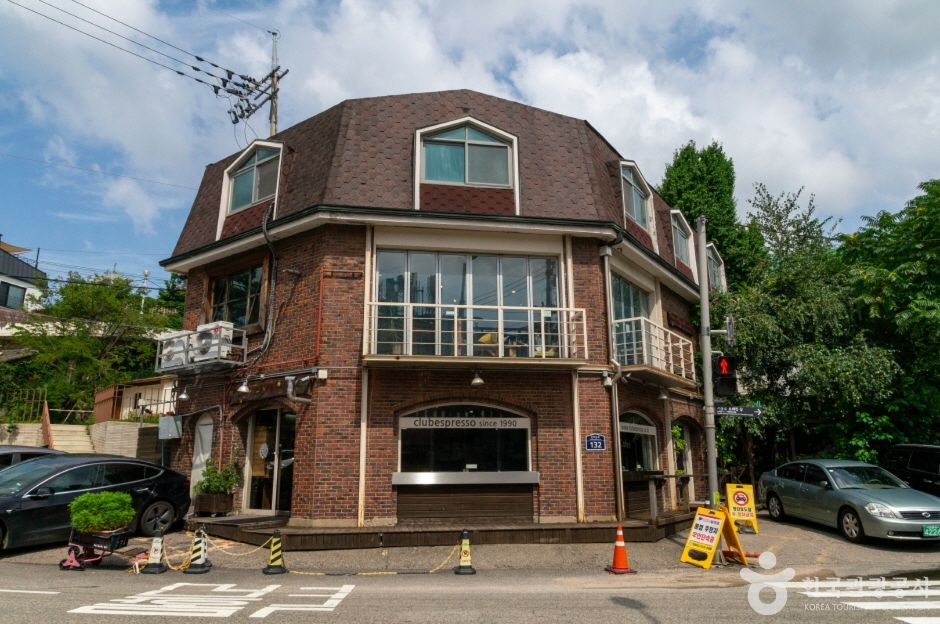
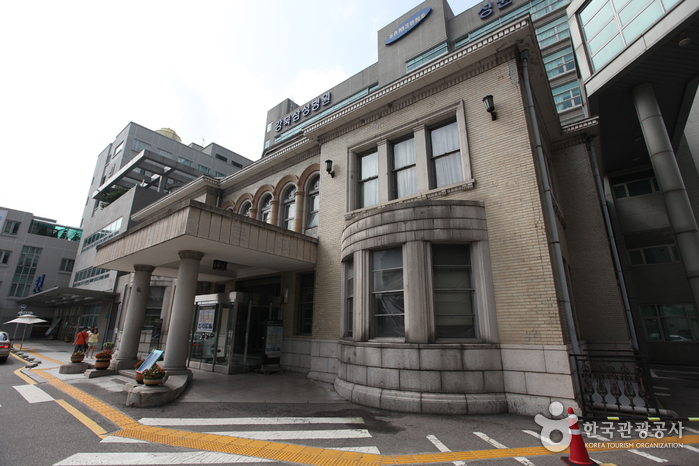
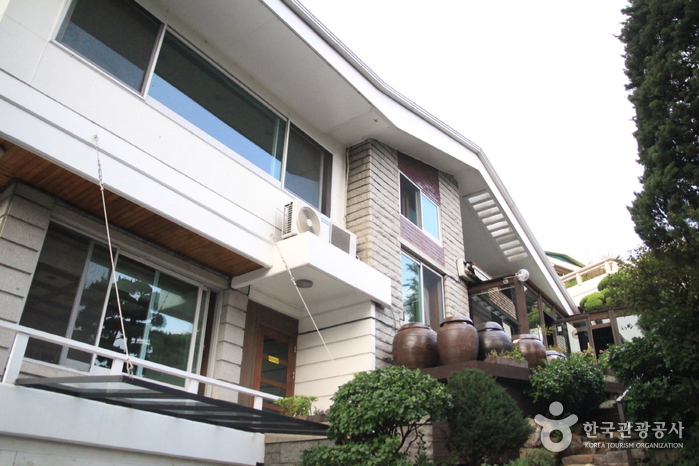
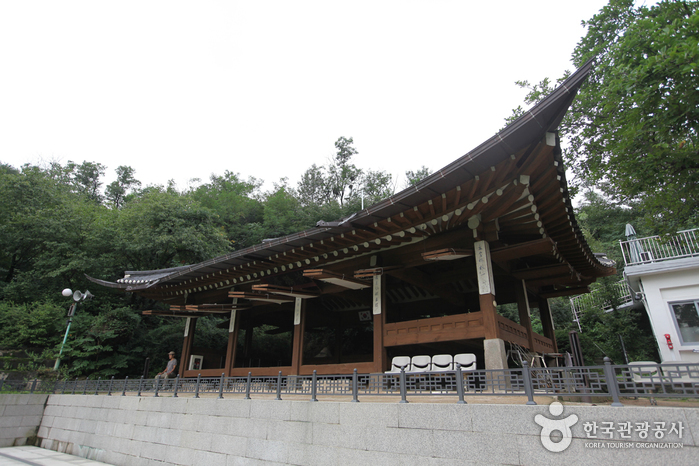

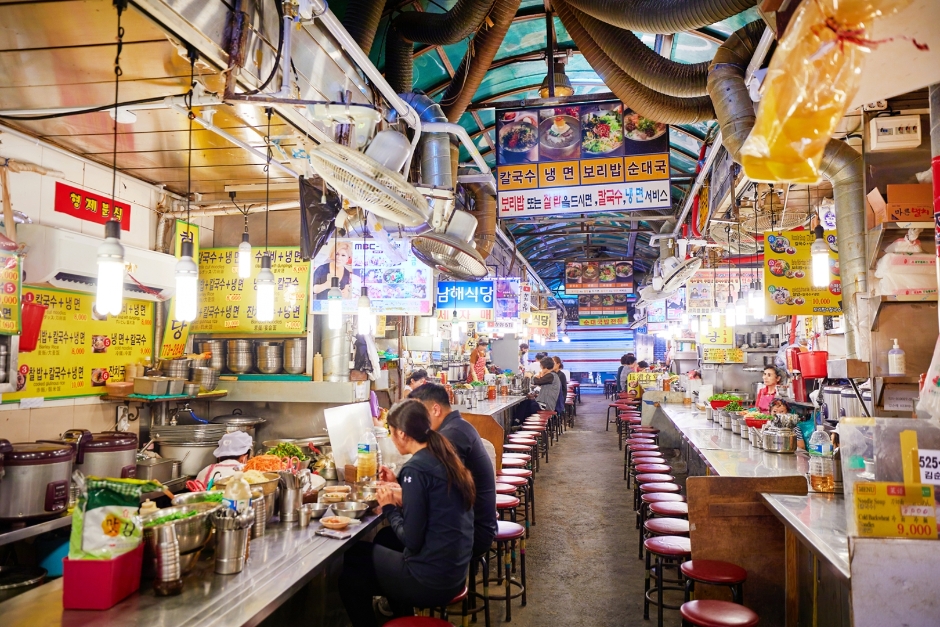
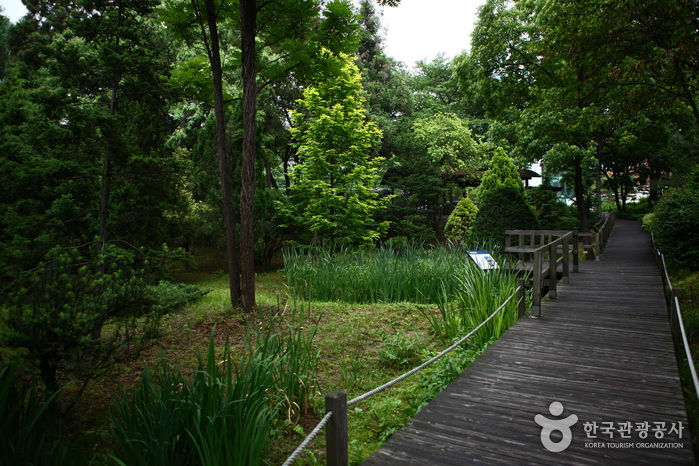
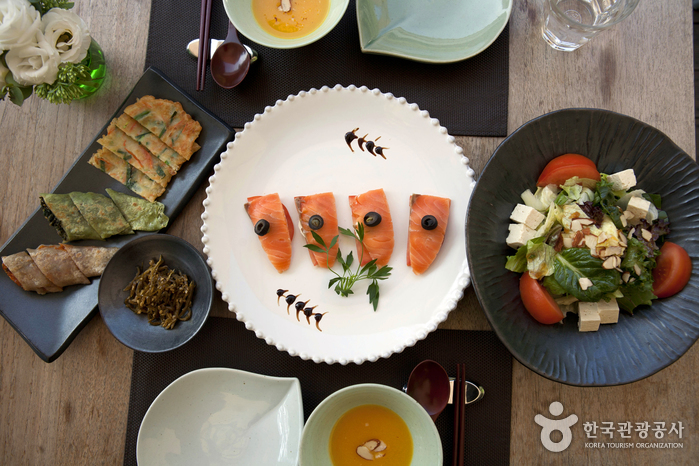
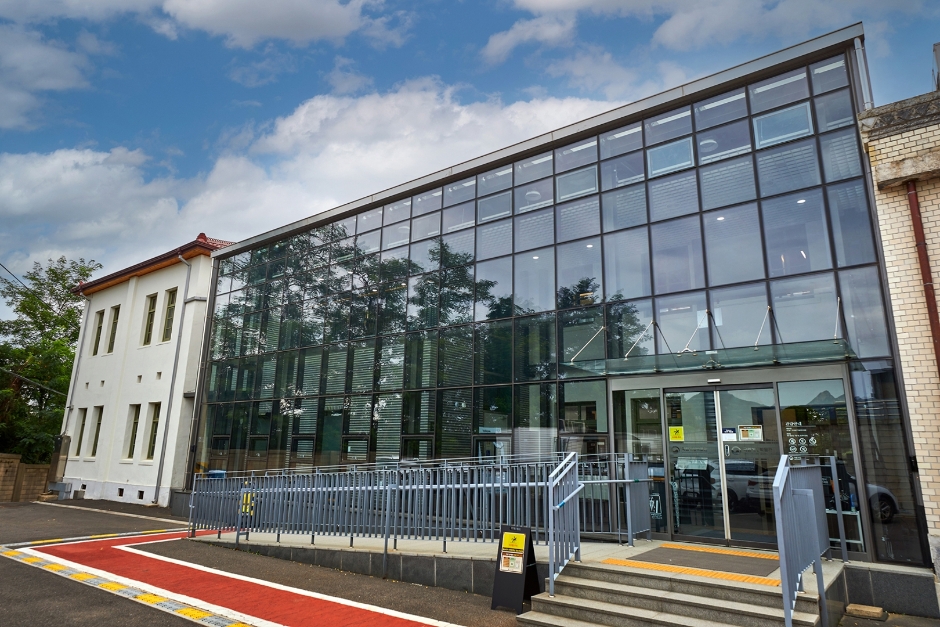
 English
English
 한국어
한국어 日本語
日本語 中文(简体)
中文(简体) Deutsch
Deutsch Français
Français Español
Español Русский
Русский